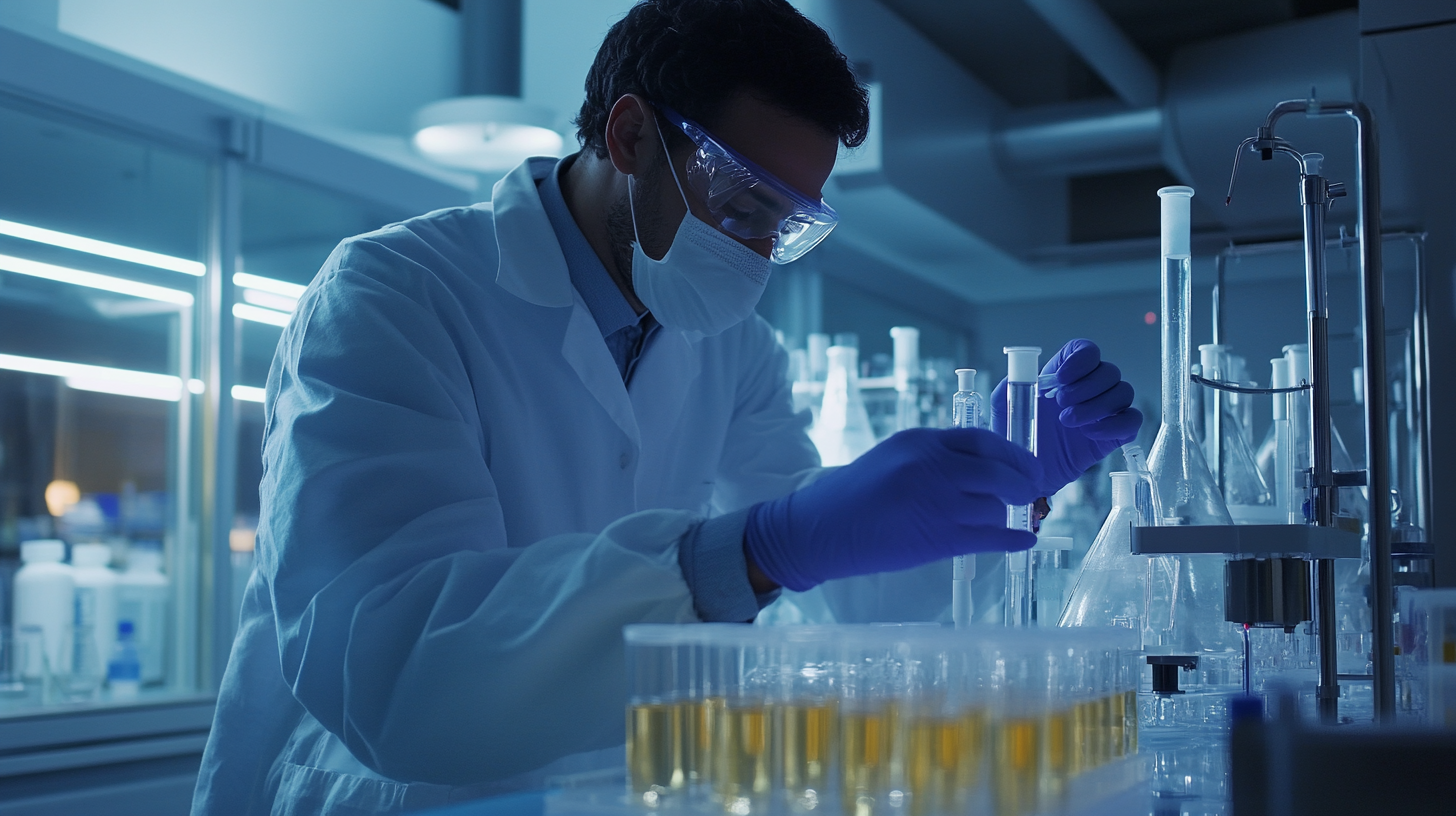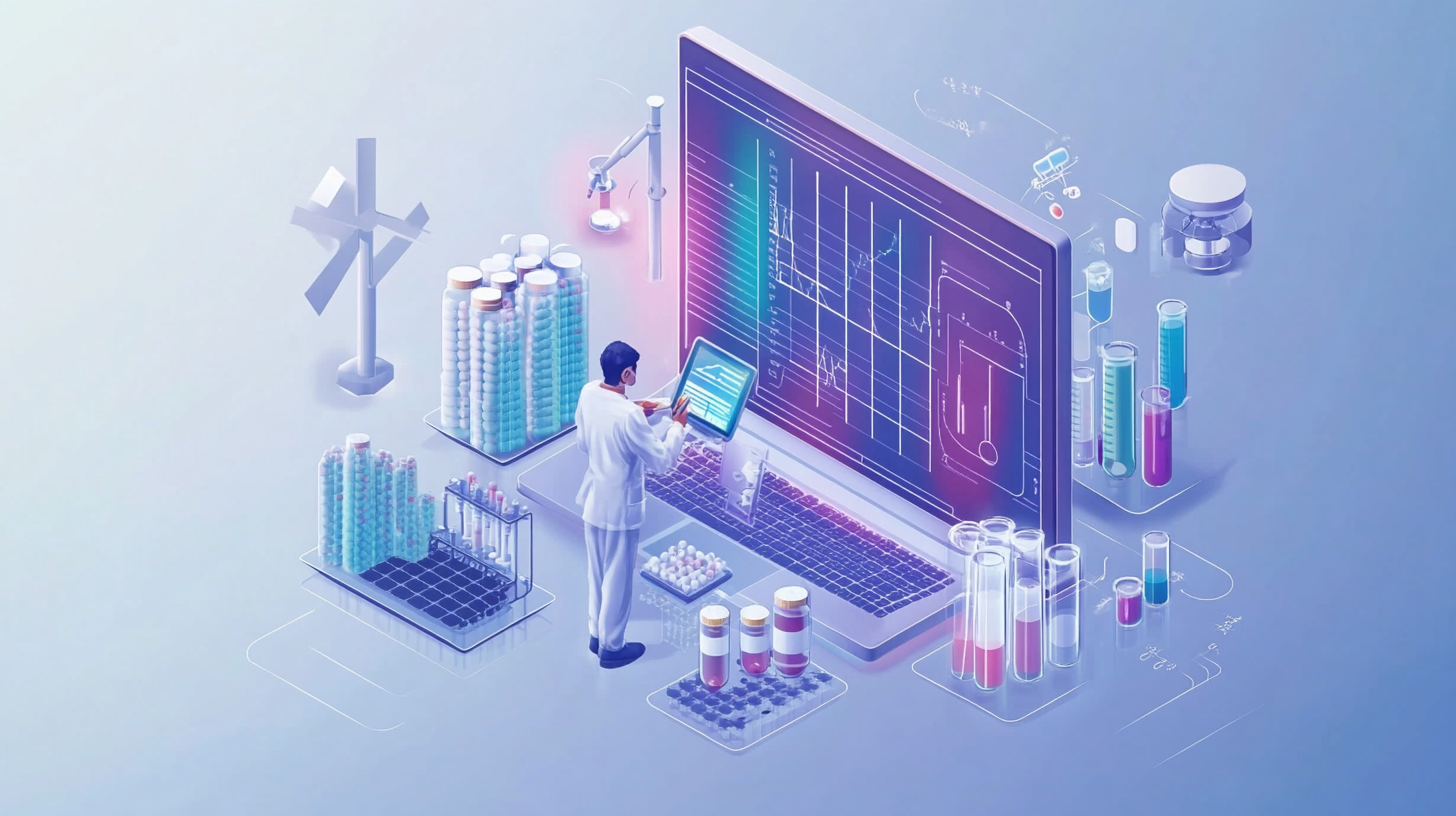In the highly competitive landscape of global pharmaceutical manufacturing, procurement professionals play a pivotal role in ensuring supply chain efficiency and adherence to regulatory standards. According to a report by Grand View Research, the global pharmaceutical manufacturing market was valued at approximately $1.4 trillion in 2021 and is projected to expand at a compound annual growth rate (CAGR) of 7% from 2022 to 2030. This growth underscores the increasing complexity of supply chains, necessitating a strategic approach to procurement that not only optimizes costs but also enhances quality and compliance.
As the pharmaceutical sector evolves, driven by technological advancements and shifting market demands, procurement professionals must be equipped with robust strategies to navigate these changes effectively. A recent Deloitte survey highlights that 61% of pharmaceutical executives acknowledge the need to re-evaluate their procurement strategies to adapt to these dynamic conditions. By leveraging data analytics, innovative sourcing techniques, and strategic partnerships, procurement teams can unlock new avenues for success in pharmaceutical manufacturing, ultimately contributing to improved patient outcomes and operational efficiency.

In the dynamic landscape of global pharmaceutical manufacturing, procurement professionals play a crucial role in enhancing supplier relationships, a key driver for operational success. Building strong partnerships with suppliers requires a multi-faceted approach, starting with open communication. Engaging in regular discussions not only fosters transparency but also enables procurement teams to better understand suppliers' capabilities, constraints, and innovations. Utilizing collaborative platforms can bridge gaps in dialogue and create a space where both parties share insights and expectations effectively. Moreover, leveraging technology can significantly enhance supplier relationship management. Implementing advanced analytics tools allows procurement professionals to monitor supplier performance in real-time, assess risks, and identify opportunities for improvement. By harnessing data-driven insights, organizations can proactively address issues, ensuring that suppliers remain aligned with changing project demands and operational needs. Additionally, embracing a long-term vision in supplier engagement can cultivate loyalty and mutual growth, positioning both suppliers and manufacturers for sustained success in a competitive market. Incentivizing suppliers through performance-based contracts can also be a game-changer. By aligning interests and rewarding excellence, procurement professionals can encourage suppliers to innovate and improve their processes. This not only leads to enhanced quality and efficiency but can also inspire suppliers to invest in capacity building, subsequently benefiting both parties. Investing time and resources in nurturing these relationships will ultimately translate into a more resilient and agile supply chain, vital for thriving in the fast-evolving pharmaceutical industry.

In 2024, the global pharmaceutical procurement landscape is evolving due to a mix of regulatory changes and technological advancements. The Chinese medical device market, valued at approximately 1.3 trillion yuan, ranks as the second largest globally, trailing only the United States. This substantial market size underscores the significant role China plays in the future of global pharmaceutical manufacturing. The ongoing shift towards volume-based procurement is likely to streamline costs while enhancing accessibility, pushing procurement professionals to rethink traditional strategies.
Key trends shaping procurement include the push towards sustainable sourcing and digitization of supply chains. As evidenced by recent discussions around the 65th National Pharmaceutical Machinery Expo, where industry leaders converge to showcase innovations, there is a palpable momentum toward integrating generative AI technologies within the pharmaceutical sector. These technologies promise to optimize procurement processes by improving demand forecasting and inventory management, enabling professionals to make data-driven decisions that align with market needs.
Moreover, the dynamism within the biopharmaceutical sector is increasingly influenced by China's rapid advancements. According to McKinsey, the growing competitive landscape in China is not just a local story; it's reshaping the global biopharmaceutical industry. With advancements in biomanufacturing and an emphasis on regulatory harmonization, procurement professionals must adapt to these shifts to maintain a competitive edge, ensuring that their strategies are agile and responsive to ongoing industry changes. Thus, understanding these trends will be crucial for success in the rapidly evolving global pharmaceutical manufacturing arena.

In the fast-evolving landscape of global pharmaceuticals, leveraging data analytics has become paramount for procurement professionals seeking to enhance decision-making capabilities. A recent report reveals that organizations utilizing advanced analytics in their procurement processes have achieved up to a 20% reduction in costs while simultaneously improving supplier performance. This shift underscores the critical role that data plays in transforming procurement strategies, particularly in a sector where margins can be tight and competition fierce.
The integration of tools like Artificial Intelligence and machine learning into procurement practices allows companies to automate routine tasks, uncover valuable insights, and forecast demand more accurately. By implementing self-service procurement systems, businesses can streamline sourcing processes, as evidenced by recent advancements in the industry. For instance, companies have reported that integrating automated procurement solutions has led to a 30% increase in procurement efficiency and a substantial reduction in cycle times—proving that embracing technology is not just a trend, but a strategic imperative.
Moreover, the focus on indirect procurement optimization highlights an often-overlooked aspect of supply chain management. As a McKinsey report suggests, organizations can unlock significant savings by reevaluating their indirect spending—an area that typically accounts for 20% to 40% of total expenditures. By employing data-driven strategies to analyze this spend, procurement functions can enhance their impact, driving both cost savings and operational excellence in a highly competitive market. This strategic alignment of data analytics and procurement will be essential for success in the pharmaceutical manufacturing landscape, ensuring that companies not only survive but thrive in a global economy.

The pharmaceutical industry is undergoing significant transformations, particularly in the realm of procurement. As cost pressures grow and regulatory changes, such as the recent updates under the Inflation Reduction Act, shape market dynamics, procurement professionals must adopt innovative cost optimization techniques to maintain competitiveness and ensure sustainability. The negotiations for drug prices under Medicare not only impact manufacturers but also the procurement strategies employed by healthcare providers to secure necessary medications.
One key approach to cost optimization in pharmaceutical procurement is the implementation of advanced inventory management systems. By leveraging data analytics and predictive modeling, organizations can better forecast demand and manage their stock levels more efficiently, reducing the risk of drug shortages that could disrupt patient care. The integration of real-time data allows procurement teams to adjust their strategies proactively, ensuring that they are prepared for fluctuations in demand or unexpected supply chain disruptions.
Furthermore, collaborative partnerships with suppliers can lead to more favorable purchasing agreements that benefit both parties. By engaging in strategic sourcing and building long-term relationships, procurement professionals can negotiate better pricing terms and access essential drugs during shortages. As procurement practices evolve, focusing on cost optimization not only enhances the financial health of pharmaceutical organizations but also ensures that patients have continuous access to vital therapies.
Navigating the complex landscape of global pharmaceutical manufacturing demands an acute understanding of regulatory challenges within supply chains. As procurement professionals are increasingly tasked with ensuring compliance while optimizing operational efficiency, the importance of staying abreast of regulatory requirements cannot be overstated. Regulations can vary significantly between countries, creating a patchwork of compliance obligations that professionals must navigate to maintain seamless operations.
One significant challenge lies in the harmonization of regulations across different regions. Divergent safety standards, quality expectations, and approval processes can complicate sourcing efforts and delay product launches. Procurement professionals must not only understand the nuances of these regulations but also develop strategic relationships with suppliers that prioritize compliance. This collaboration ensures that all partners in the supply chain adhere to necessary regulations, mitigating risks that could arise from non-compliance.
Moreover, the rise of digital technology in tracking and managing supply chains presents both opportunities and hurdles. While digital tools can enhance visibility and streamline compliance monitoring, they also introduce new challenges around data security and regulatory adherence. Procurement professionals should leverage technology smartly, using it to bolster their understanding of compliance requirements while ensuring suppliers maintain transparency throughout the supply chain. By prioritizing regulatory navigation as a core component of their procurement strategy, professionals can drive success in the global pharmaceutical landscape.
